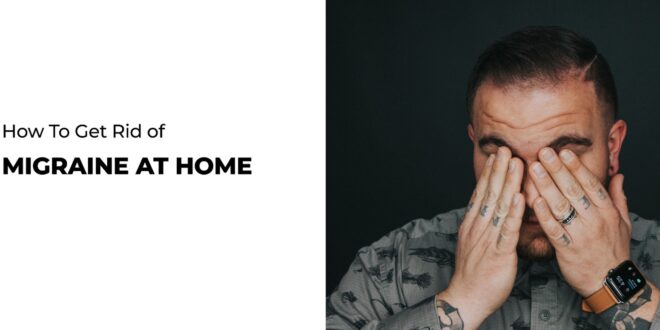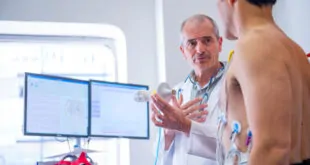A migraine is an extreme form of headache, and people who suffer from it experience intense pain and throbbing on one side of their head. There is also nausea, vomiting and extreme sensitivity to sound and light as a result. Migraine is a widespread problem that yet often goes underdiagnosed and downplayed as simple headaches. If left unaddressed, it can lead to severe disability and decreased quality of life. The World Health Organisation has placed migraines among the top ten most disabling medical illnesses globally.
There is no known migraine treatment. The best course of action is to take remedies and preventive medications. In this blog, we talk about possible migraine treatment at home. The tips we share here work differently for different people, so you are advised to adopt them accordingly. If migraines persist, you should see a medical professional and get migraine medication.
Massage
People who regularly experience migraines have reported seeing improvement with massages—specifically rubbing their temples and neck. It has been researched that clustered blood flow may be the reason for sudden migraines. Massaging your temple and neck can improve blood flow, thus decreasing the intensity of your migraine.
The best way to massage your temple is to rub your fingers in circles. Apply just enough pressure to stimulate blood flow but not too much. Many people also experience extreme sensitivity while they are experiencing migraines. In such a case, a massage can be had after the migraine has passed. This will significantly decrease the intensity of future migraines.
Stress management

Our body has many mechanisms in place to help deal with stress. One of these is the release of hormones. Unfortunately, these hormones often tend to increase blood flow and heart rate. This sudden increase in blood pressure often is the cause of migraines. The best way to avoid this is to manage your stress.
Stress is a standard part of our daily life. But, too much of it is not good for us. Not only does it lead to mental health issues, but stress is also a leading cause of migraines.
The best strategy is learning to avoid stressful situations and people. Learn to say “NO” to activities and people that bring you stress and remove yourself from such situations. You can also practice things like meditation, mindfulness or deep breathing. If you think you have problems dealing with stress, you should seek the help of mental health professional.
Acupressure
Acupressure is a great way to relieve discomfort. The way to do it is to simply push down hard on a pressure point once you’ve found it. Try the following:
• Place firm pressure on the region under your thumbs where your wrist joins your hand, with your palm pointing upward. Repeat for the opposite hand.
• Squeeze for 5 minutes the area on your left hand between your thumb and index finger forcefully. Repeat for the opposite hand.
• Sketch the contour of your ears across your skull with one finger. Your pressure point is that invisible line. To ease discomfort, run your fingertips down the line and apply mild pressure. Repeat for the opposite ear.
Rest
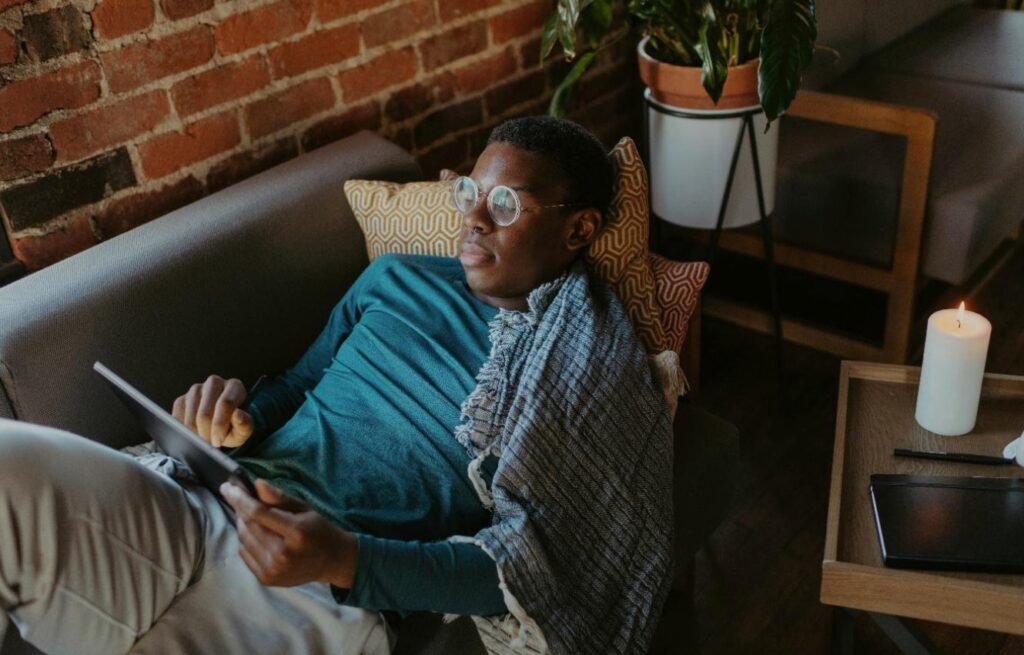
Migraines often come with sensory overload, and that worsens the episode. The best thing you can do for migraine treatment at home is to find a quiet, dark place to lay down. It is easy to get overwhelmed and stressed with sensitivity to light and sound excessive noise. A nice quiet bedroom with the curtains down is a perfect retreat to feel better. Ideally, you should lay down until the episode is over or your eyes and ears do not feel as sensitive.
Warm Compress or Ice pack
There are different opinions regarding if a warm compress or an ice pack is the way to go as a migraine treatment at home. There is evidence that it works. Some people feel better when applying a warm compress, while others see relief from an ice pack.
Blood flow can be stimulated by applying a warm compress to your neck or forehead, thereby reducing headaches. On the other hand, cold therapy has also proven effective in alleviating oncoming migraines. Placing the ice pack directly on your forehead helps ease acute pain or positioning it around your neck and shoulders to ease tension.
Water intake
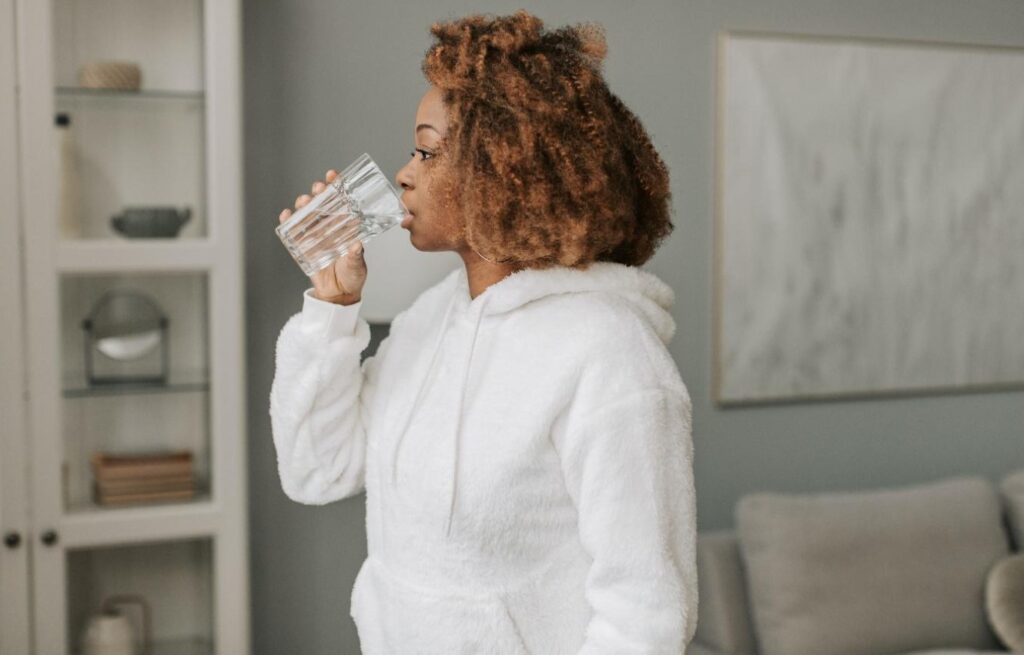
Mild to moderate dehydration can lead to migraines. Even if you do not feel thirsty, you should always try to drink as much water as you can throughout the day. In addition, you can also include foods with high water content in your diet. These foods include cucumbers, watermelons and yoghurt. Sports drinks are also a good alternative.
Ginger
Under regular circumstances, there’s very little indication that herbal medicines work to heal what they promise. However, that’s not the case with ginger and migraines.
Ginger has been shown to be just as effective as prescription drugs in alleviating migraine symptoms. It also has fewer negative impacts than medications, which makes it a better choice for individuals who are not keen on medications and those who don’t have headaches often enough to need medications.
Supplements and Foods
Many people tend to take supplements or certain foods for migraine treatment at home. Any supplement that promises instant relief from migraines is usually not going to be as effective. There is no immediate cure for migraines. But, there are some proven supplements for migraine treatment, like vitamin B2.
Research from nine studies showed that taking vitamin B2 for 3 months significantly decreased pain associated with migraine episodes. Furthermore, vitamin D and melatonin have been shown to prevent migraine attacks.
Medication
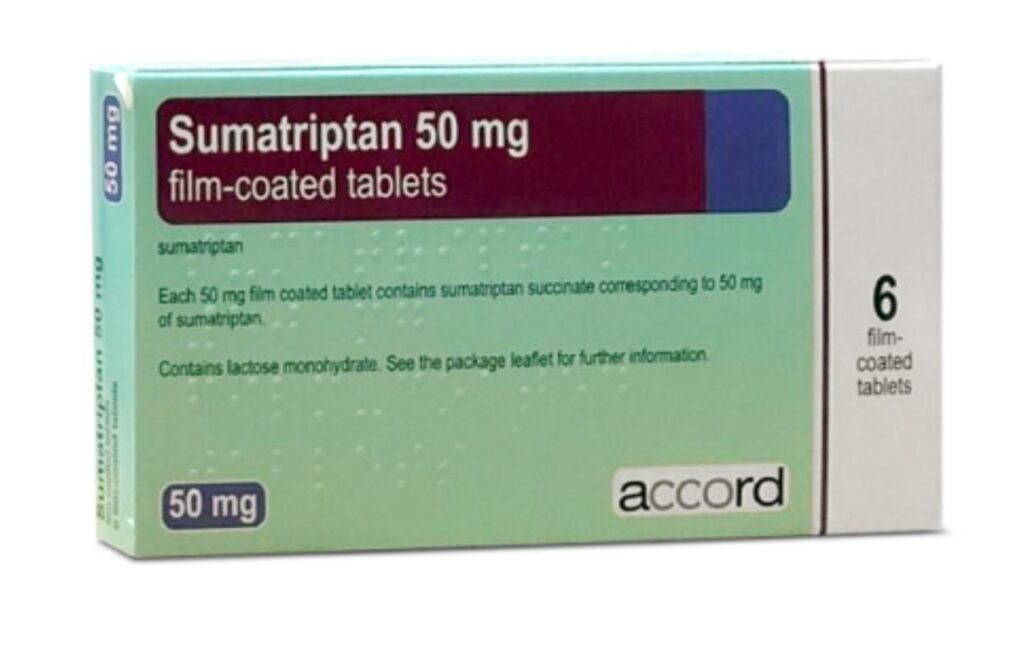
If you suffer from serious migraines and are looking for migraine medication, you should first visit a doctor for a prescription. Some medications available for migraine treatment are over the counter painkillers, whereas others are migraine-specific.
IQ Doctor has a wide variety of migraine-specific medication options in a class of drugs called Triptan. They include sumatriptan, rizatriptan, zilmitripra, frovatriptan, and migard.
Triptans are effective at treating migraines and work by activating serotonin, a neurotransmitter present in the brain, to decrease inflammation and control blood flow.
 Jewel Beat
Jewel Beat
